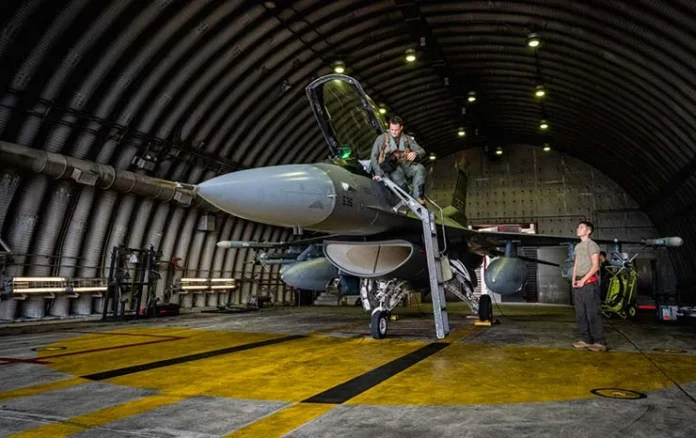Washington: The US Air Force is entering what leaders say could be its most transformational period in a generation, as the service looks to position itself as a global powerhouse for decades to come. If this materialises, the US Air Force would enter the 2030s as a smaller but more flexible force that is better positioned to win America’s wars, with sharper leaders and savvier airmen.
Facing its first period of relative stability since the September 11, 2001, terror attacks kicked off more than 20 years of US military involvement in the Middle East and Southwest Asia, the Air Force is seizing the opportunity to overhaul everything from how it trains and promotes its members, to the jobs they hold and how they deploy overseas.
Those updates come amid a historic downturn in recruiting, which saw the Air Force miss its annual goal across all three components for the first time since 1999, and growing concerns that China’s bid to outpace America as a global superpower could lead to war.
“We want China to succeed, but to succeed by working within the rules that benefit all nations, including China,” Air Force Secretary Frank Kendall said in a September 11 keynote address at the Air and Space Forces Association’s annual Air, Space and Cyber Conference outside Washington. “If our power projection capability and capacity are not adequate to deter Chinese aggression, against Taiwan or elsewhere, war could occur,” he said. “If it does, and we cannot prevail, the results could cast a long shadow.”
After plunging to around 311,000 active duty troops in 2015, the Air Force has rebuilt its workforce to hover around 325,000 members — far below its Cold War peak of around 608,000 airmen in 1986. Last year, the Air Force began an intensive effort to undo its top-heavy enlisted corps that it believes lacks enough experience in middle management and has too few lower-level troops for daily grunt work.
Ideally, the Air Force says, the project will create a robust corps of midlevel enlisted to manage a larger pool of younger airmen. If the plan works, half of the enlisted Air Force will occupy the ranks of E-4 or below.
On the officer side, tailoring the promotion system to be more responsive to the needs of each career field has helped higher-caliber airmen stand out from their peers and started to even out manning across fields.
How airmen are judged for promotions is changing, too. The Air Force has begun emphasising interpersonal skills and technical expertise and stopped considering how long someone has been in the service, among other tweaks to the software they use and when they file job reviews each year.
About 39,000 new enlistees joined the Air Force in fiscal 2023. More than 3,800 of them came in under a program that offers thousands of dollars in bonus pay for entering the service’s most in-need fields, like special warfare and cyber operations, said Master Sergeant Deana Heitzman, an Air Force spokesperson. The service ended up with more non-commissioned officers — staff sergeants and technical sergeants — than planned in 2023, despite plummeting promotion rates to those grades.













